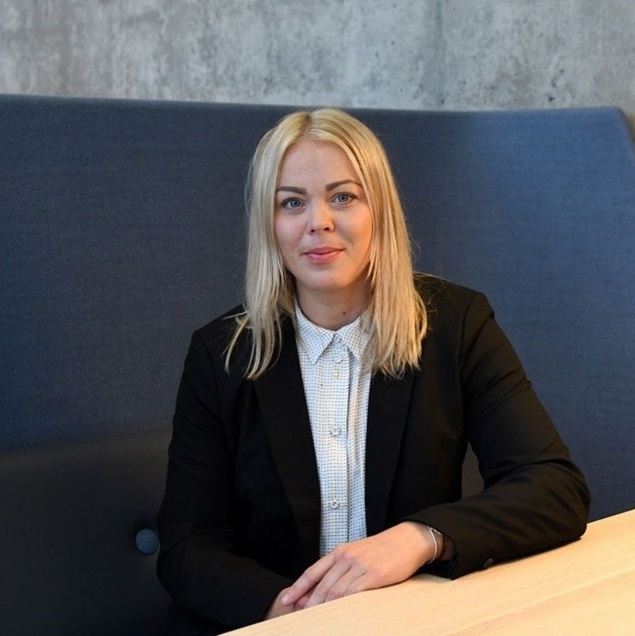
First Customer-Based Ranking of Innovative Companies
The Norwegian Innovation Index was created in 2016 as the world’s first customer-based ranking of innovative companies, initiated by Professor Tor Wallin Andreassen. Today, seven countries worldwide have adopted the index.
The Norwegian Innovation Index (NII), established in 2016 by researchers at the Norwegian School of Economics and the Digital Innovation for Sustainable Growth (DIG) center, stands as the world’s first customer-based ranking of innovative companies.


Terminology research with lasting impact
References:
- Kurtmollaiev, Seidali; Lervik-Olsen, Line; Andreassen, Tor W. The Norwegian Innovation Index: Methodological Foundations: Samfunns- og næringslivsforskning 2023. SNF-rapport 23
- Kurtmollaiev, Seidali; Lervik-Olsen, Line; Andreassen, Tor W. Competing through innovation: Let the customer judge! Journal of Business Research 2022
- Kurtmollaiev, Seidali; Lervik-Olsen, Line; Andreassen, Tor W.. Honey or Condensed Milk? Improving Relative Brand Attractiveness through Commercial and Social Innovations. I: The Routledge Companion to Corporate Branding. Routledge 2022
- van Riel, Allard C. R.; Andreassen, Tor W.; Lervik-Olsen, Line; Zhang, Lu; Mithas, Sunil; Heinonen, Kristina. A customer-centric five actor model for sustainability and service innovation. Journal of Business Research 2021
- Hollebeek, Linda D.; Andreassen, Tor W.; Smith, Dale; Grönquist, Daniel; Karahasanovic, Amela; Marquez, Alvaro. Epilogue - Service Innovation Actor Engagement: An Integrative Model. Journal of Services Marketing 2018
- Larivière, Bart; Bowen, David; Andreassen, Tor W.; Kunz, Werner; Sirianni, Nancy J.; Voss, Chris; Wünderlich, Nancy V.; De Keyser, Arne. Service Encounter 2.0: An investigation into the roles of technology, employees and customers. Journal of Business Research 2017
This initiative, led by Professor Tor Wallin Andreassen, represents a paradigm shift in how innovation is assessed, emphasizing the customers’ viewpoint over traditional financial metrics and expert opinions.
INFLUENCING COMPANIES
Business leaders benefit from the insights provided by the NII as it highlights the importance of aligning innovation strategies with customer expectations.
Posten / Bring defined social innovations similar to NII as a KPI. In response to the question of how Posten / Bring is meeting its goals, they refer to NHH's social innovation index:
"A high score on this index means that customers perceive the company as a driver of positive social and environmental changes," according to the 2022 Annual Report.
For consumers, the NII empowers them by recognizing their role in the innovation ecosystem. By capturing and analyzing customer feedback, the index ensures that their voices are heard, influencing companies to innovate in ways that meet their needs and preferences. This creates a virtuous cycle where consumer expectations drive innovation, leading to higher satisfaction and loyalty. Publishing the results annually enables consumers to make more informed decisions and avoid “bad apples,” i.e., non-innovative and unattractive firms.
By incorporating customer feedback, policymakers can better gauge the real-world impact of innovation and design policies that foster consumer-driven innovation growth. Inventions not turned into innovations have limited value.

Smartphones should be out of the classrooms
Understanding the Norwegian Innovation Index
The NII evaluates companies based on three distinct indices:
- Commercial Innovation Index: Assesses innovations in firms’ market offerings and their innovative value to customers, as they perceive it.
- Social Innovation Index: Evaluates a company’s sustainability and societal impact. Innovations that make customers perceive firms as good neighbors or not.
- Digital Innovation Index: Looks at the automation of customer interfaces, all from the customer's perspective, which can be referred to as intelligent automation.
By focusing on what customers perceive as innovative, the NII provides a comprehensive view of how companies create value through innovation. Several countries, including Finland, Sweden, Denmark, Belgium, Spain, Australia, Vietnam, and the USA, have adopted this customer-centric approach.
In each of these countries, the index is managed and co-branded with a reputable research-based university or business school. Researchers in each country are partners of the Innovation Index Coalition (IIC), a collaborative network of business schools and research groups that meets annually to discuss common research projects and ideas.